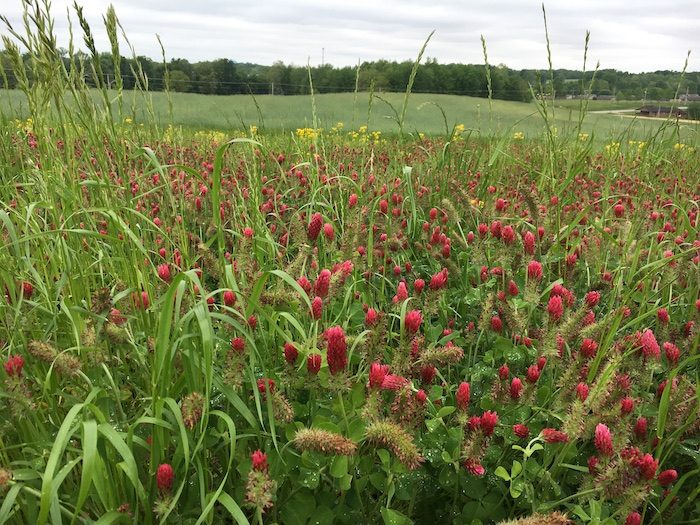When used appropriately, cover crops can improve soil health, boost nutrient cycling, manage soil moisture, suppress weeds, feed livestock and more. When thinking about seeding covers, consider these 10 tips.
-
Decide what you want to do before trying to choose a cover crop, forage crop, or cover crop mixture.
-
Think of the cover crop as another component in a rotation.
-
Using a mixture of cover crops allows meeting several goals simultaneously. Mixtures add more diversity, grow at different times, better compete with weeds, optimize nutrient cycling, etc.
-
Creating conditions beneficial to the next crop is usually one of the primary goals of a cover crop.
-
Water and nutrient management is often another primary goal. Water used by a cover crop during the non-crop period can often be regained during the growing season because of better infiltration, reduced runoff, and improved water relations BUT THE COVER NEEDS TO BE MAINTAINED.
-
Understanding rainfall patterns in your area and the water holding characteristics of your soils is mandatory to fully benefit from cover and forage crop programs. USE WEB SOIL SURVEY AND RAINFALL DATA.
-
Cover crop seed must be INEXPENSIVE in terms of its potential benefit. Small seeds mean less volume/acre thus requiring less tank fills.
-
Small seeds grow better on the surface than larger seeds while large seeds usually emerge better through a mat of residue.
-
Using harrows to improve the stand of surface broadcast cover crop seed ALSO IMPROVES THE STAND OF WEEDS.
-
One important goal is to use a cover crop to balance the diet of soil organisms. High carbon residue (low protein) requires low carbon (high protein) cover crops to balance the diet. Low residue crops (low C) require high residue cover crops (high C).
Find more stories by or about Dwayne Beck:
Integrating Perennial Crops in Annual Crop Rotations





Post a comment
Report Abusive Comment